Yellowstone National Park is the first national park in the United States (and in the world). As a World Heritage Site [1], Yellowstone is world-renowned for its wildlife, landscape, and hydrothermal features (i.e. hot springs, mud pots, steam vents, and geysers, among others). This national park is also notable for its diverse range of recreational activities such as camping, hiking, boating, fishing, and sightseeing.
Here, the scenery is not only beautiful but also surreal and surprising. There is no other place like Yellowstone in the world. There is so much beauty, color, and life.
The sheer prevalence and diversity of animals are astonishing. Wildlife watching in Yellowstone is an unparalleled experience. The animals do not even seem to mind. Some of them will walk right up to you, some of them will look right at you, and many of them remain relatively unconcerned by your presence (provided you maintain the recommended distance). Bison traffic jams are quite common as well (it happened to me TWICE).
For the above reasons, I wholeheartedly recommend that you visit. And, when you visit, make sure to follow this adventure guide to maximize your time in Yellowstone National Park.
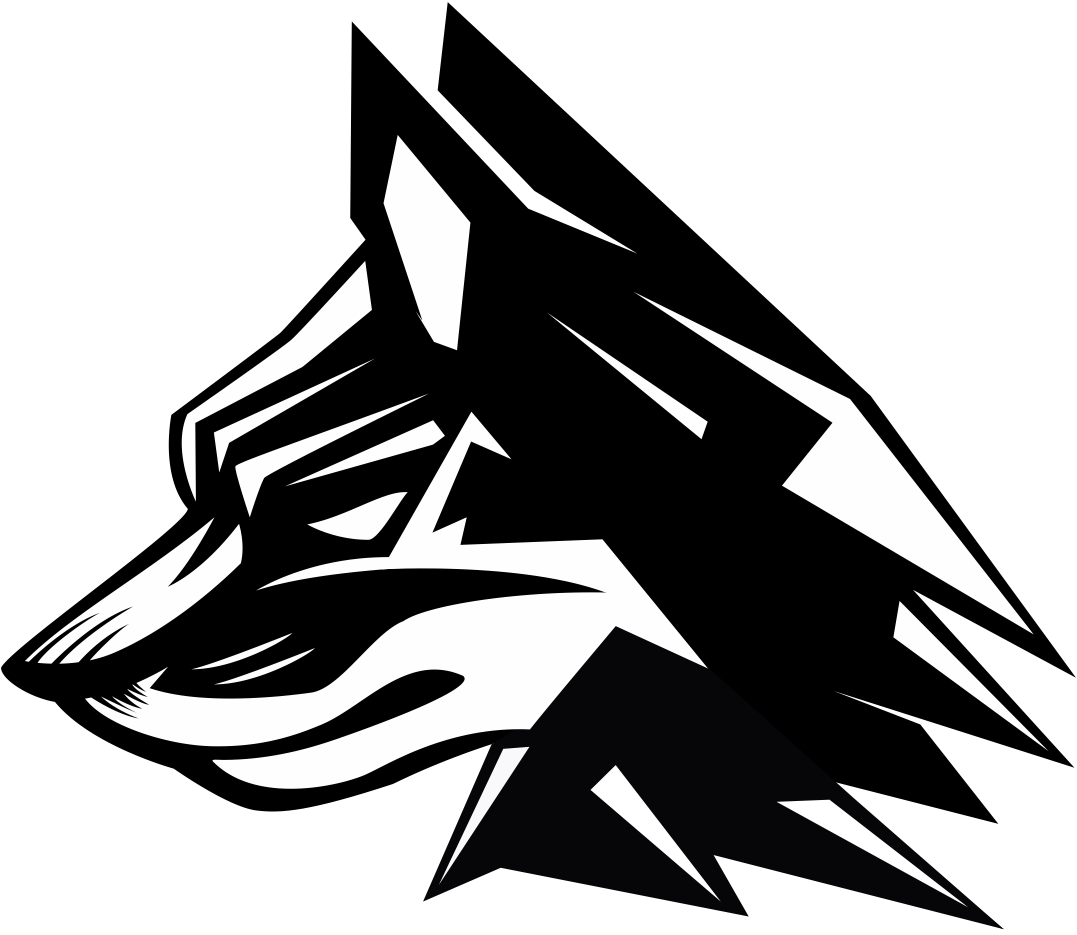
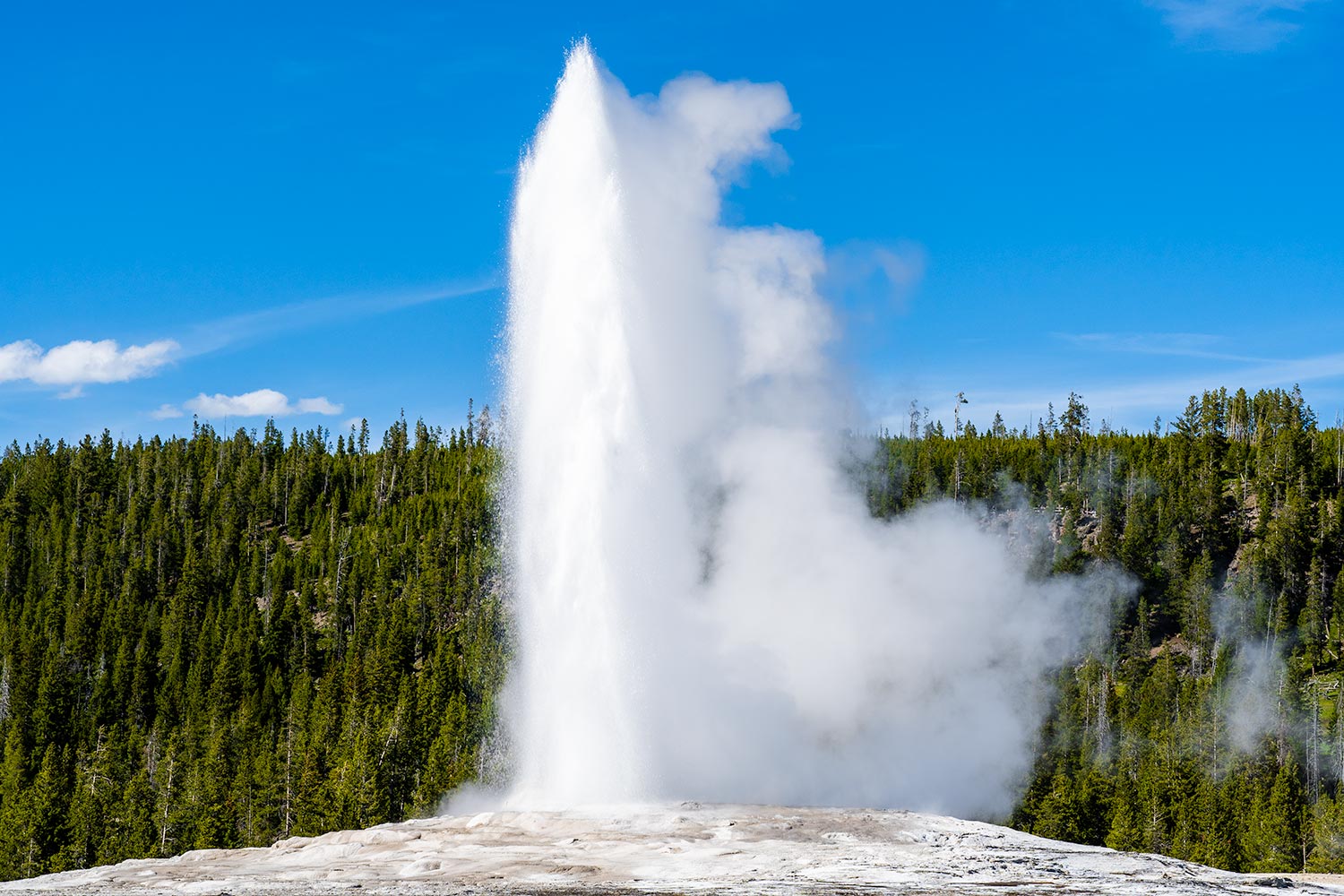
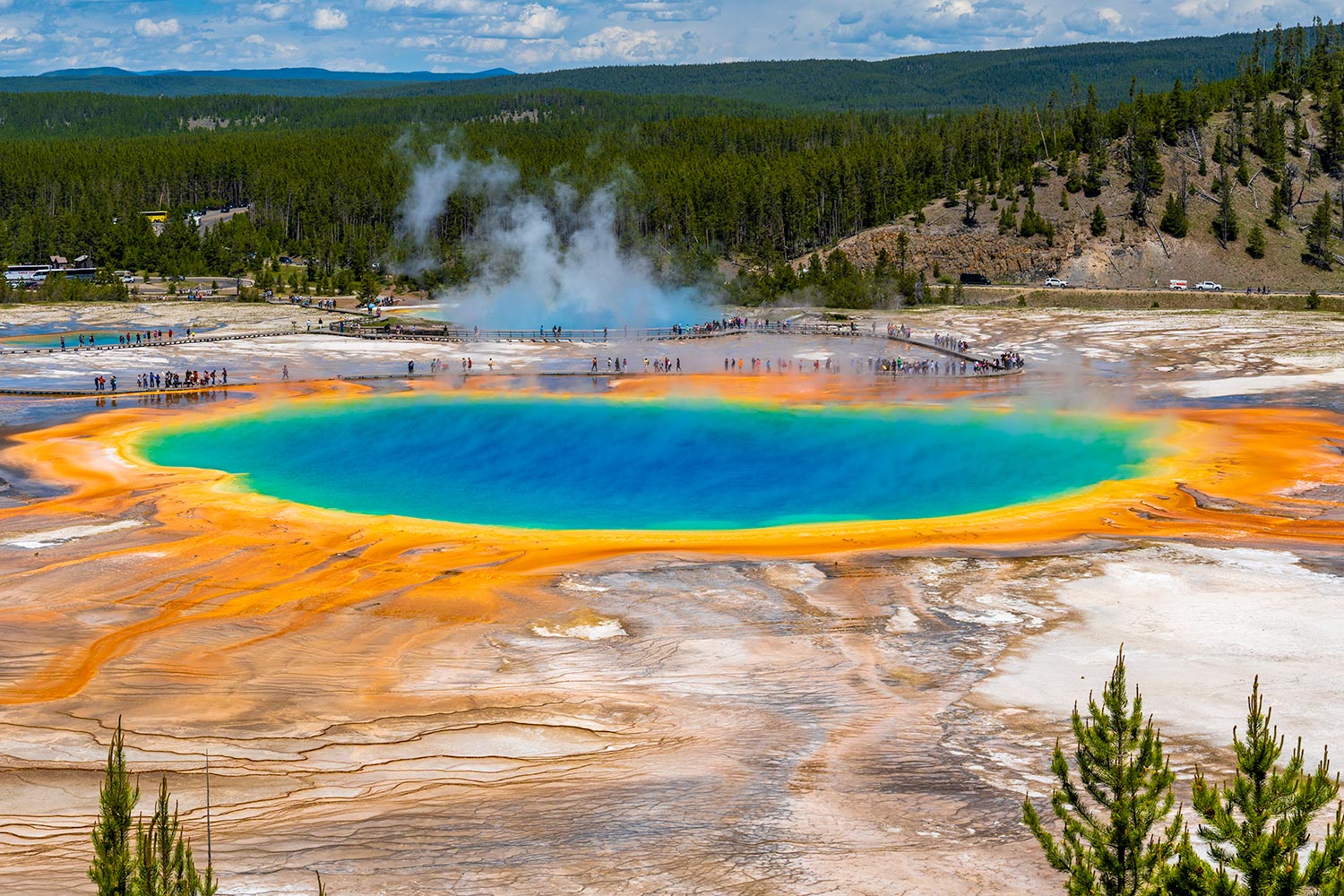
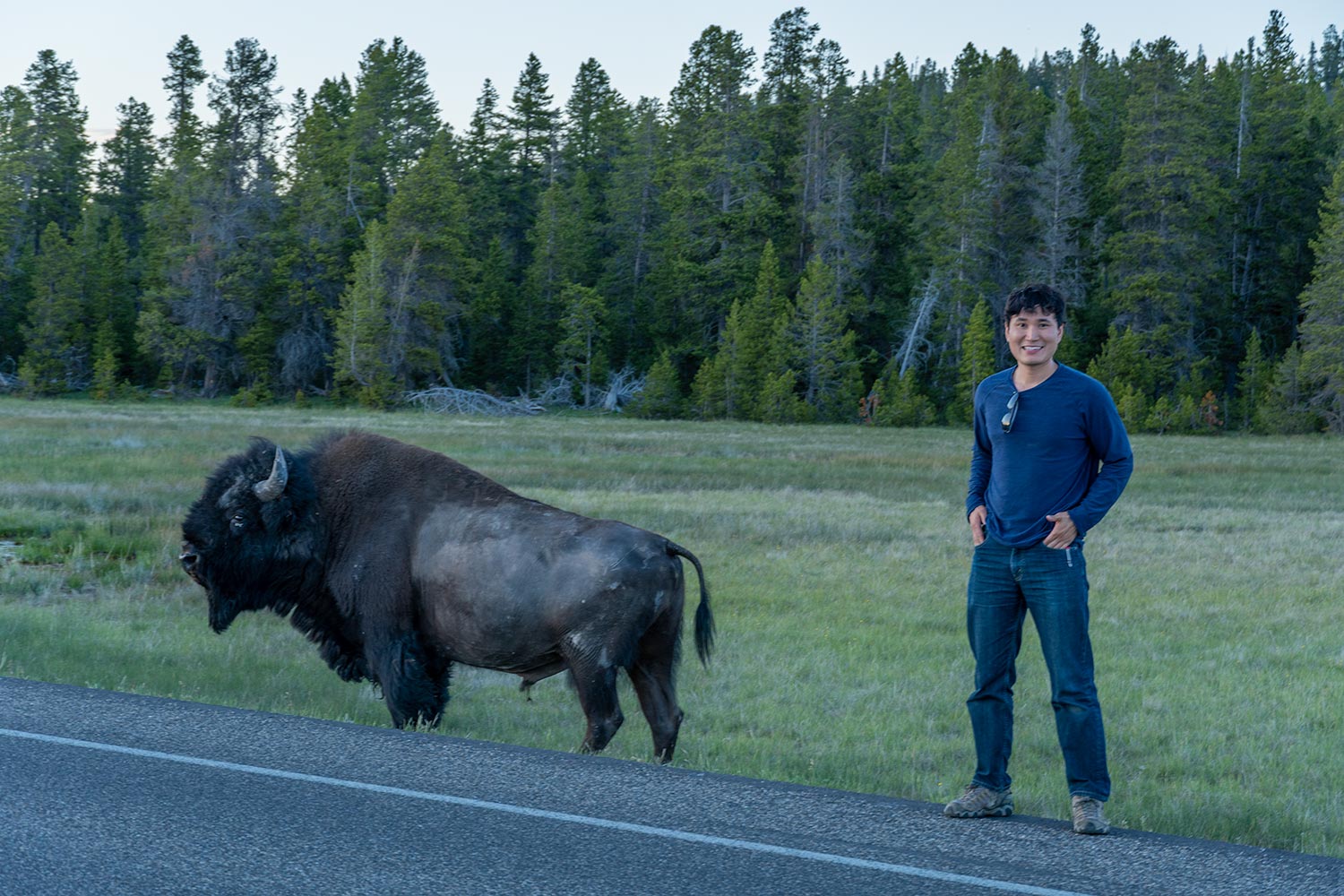
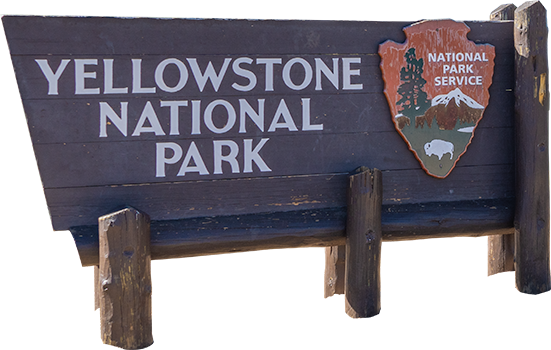
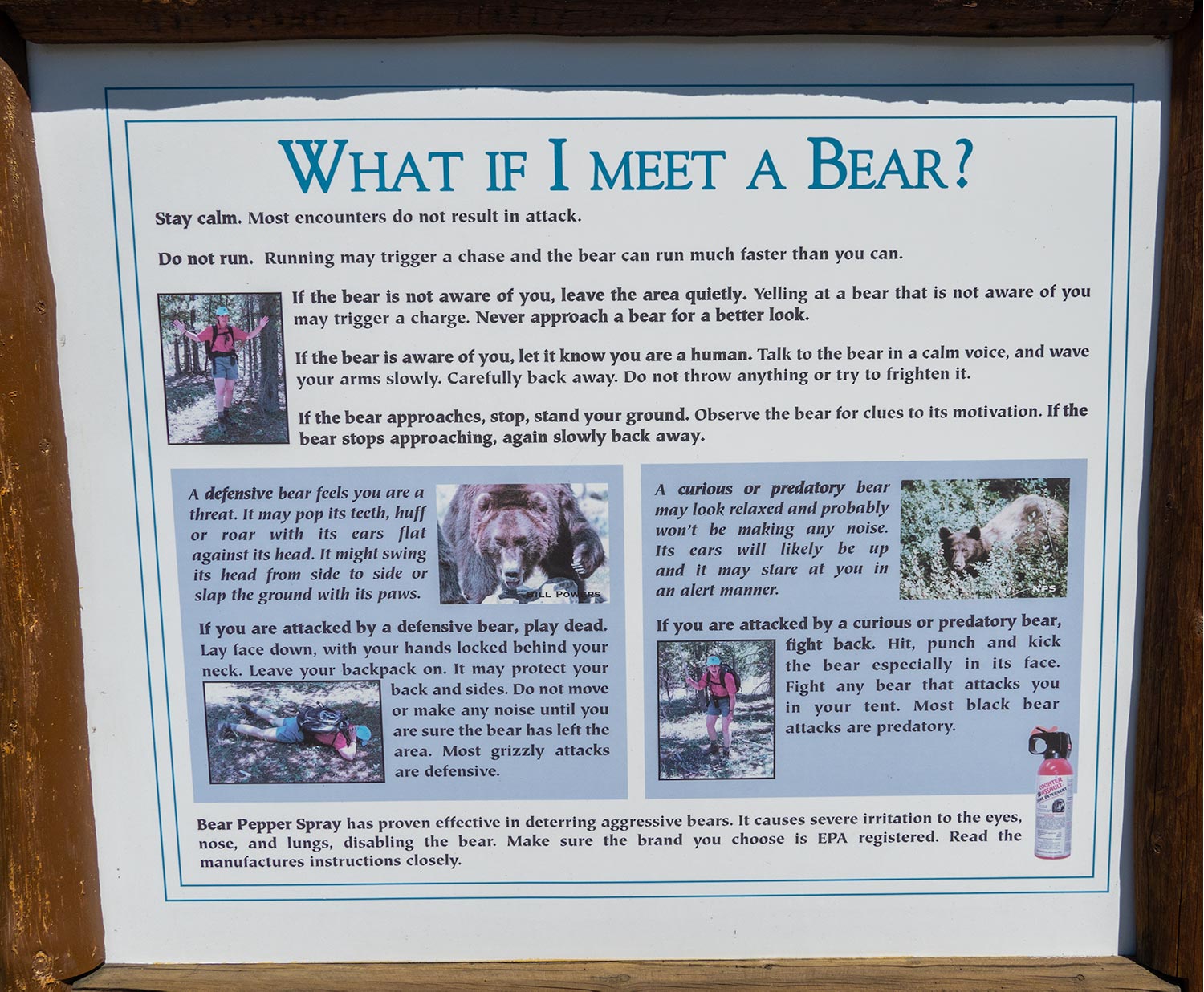
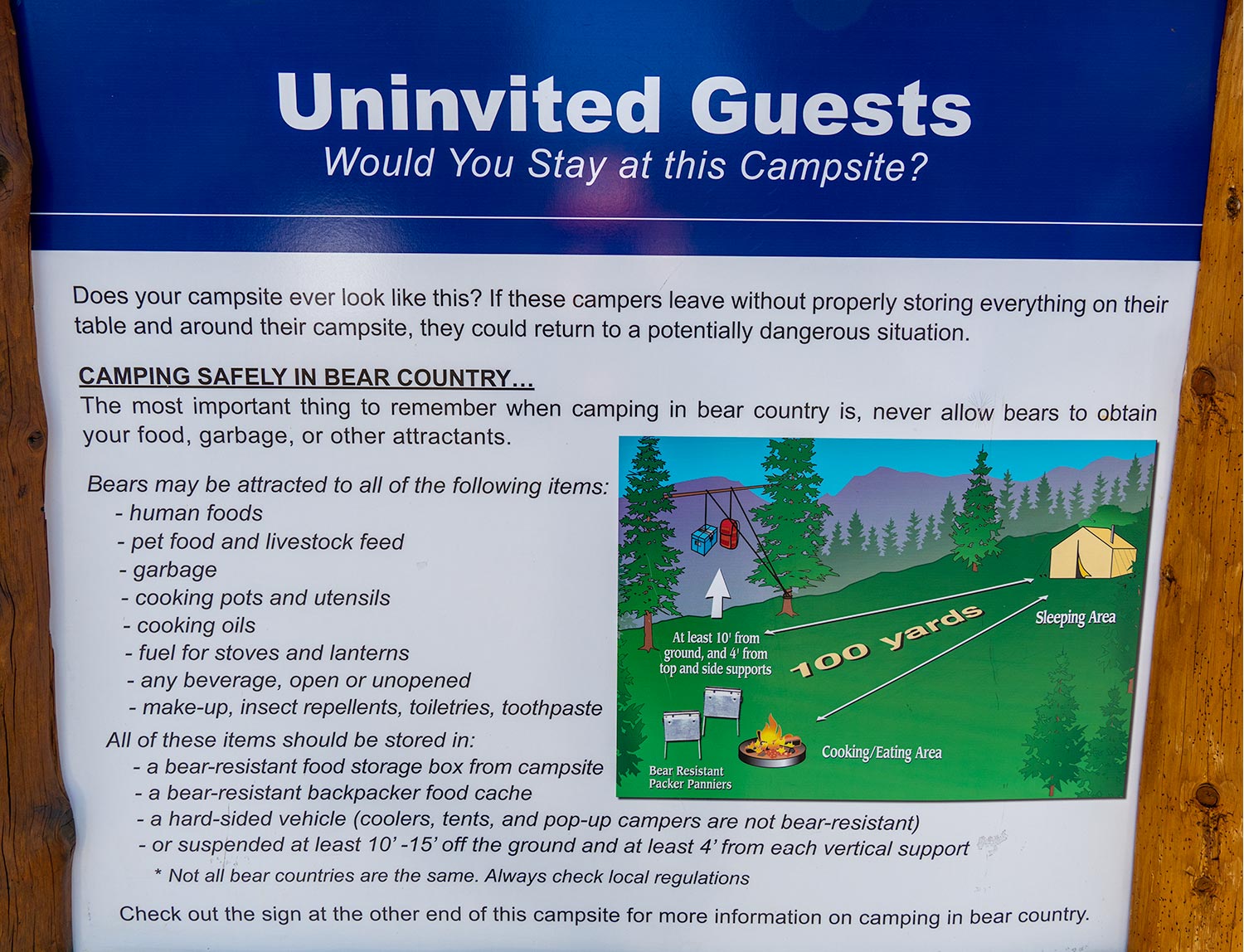
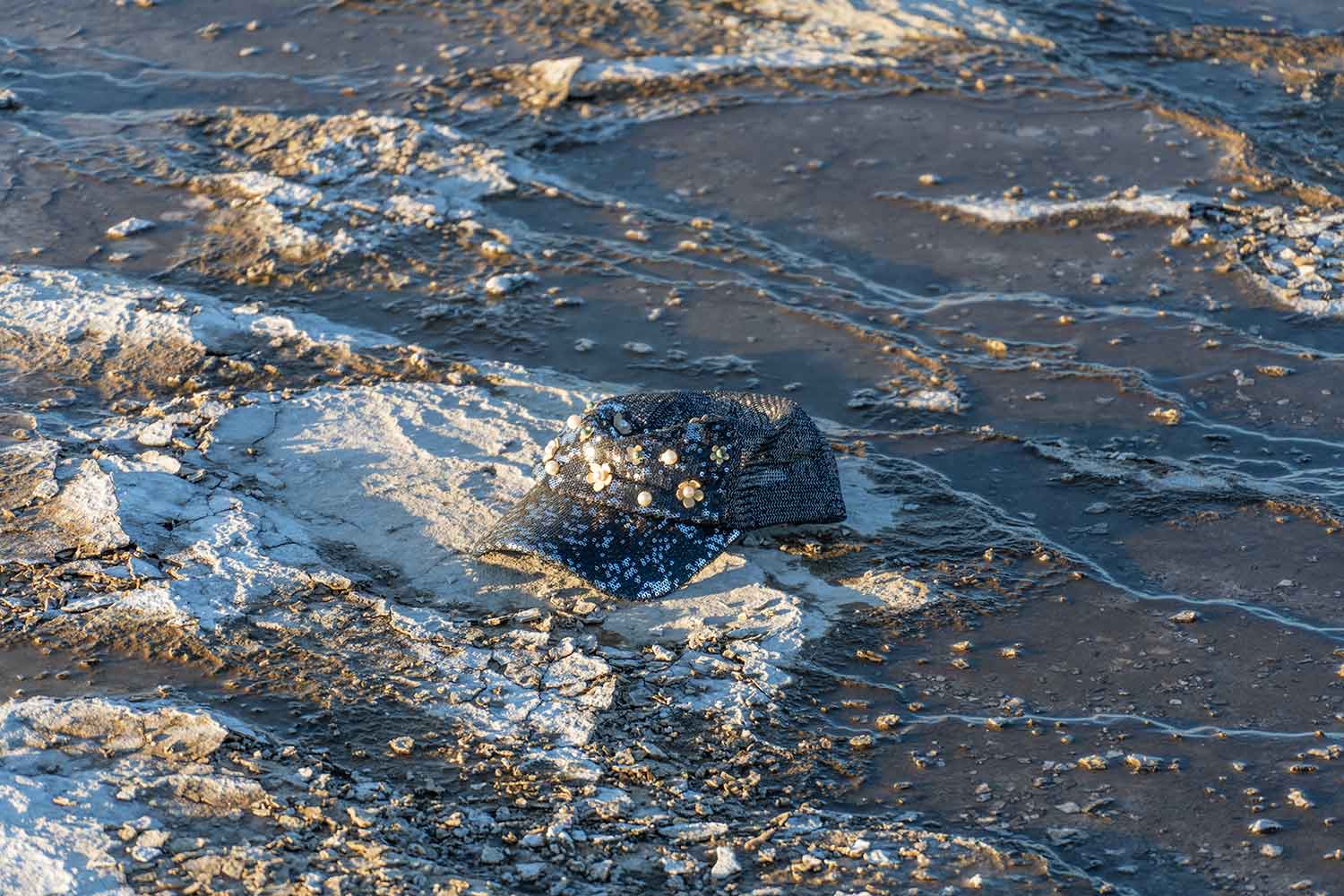
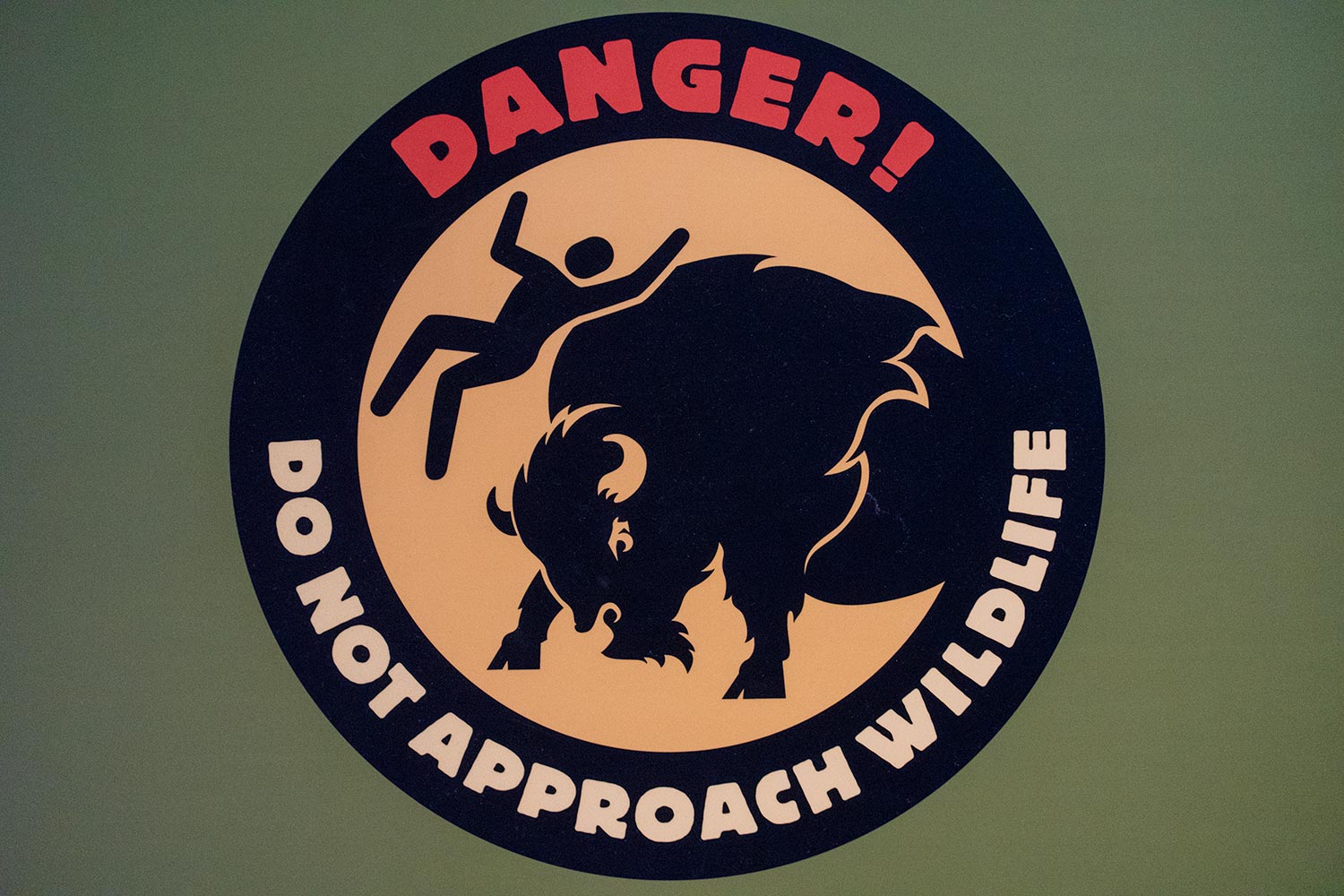
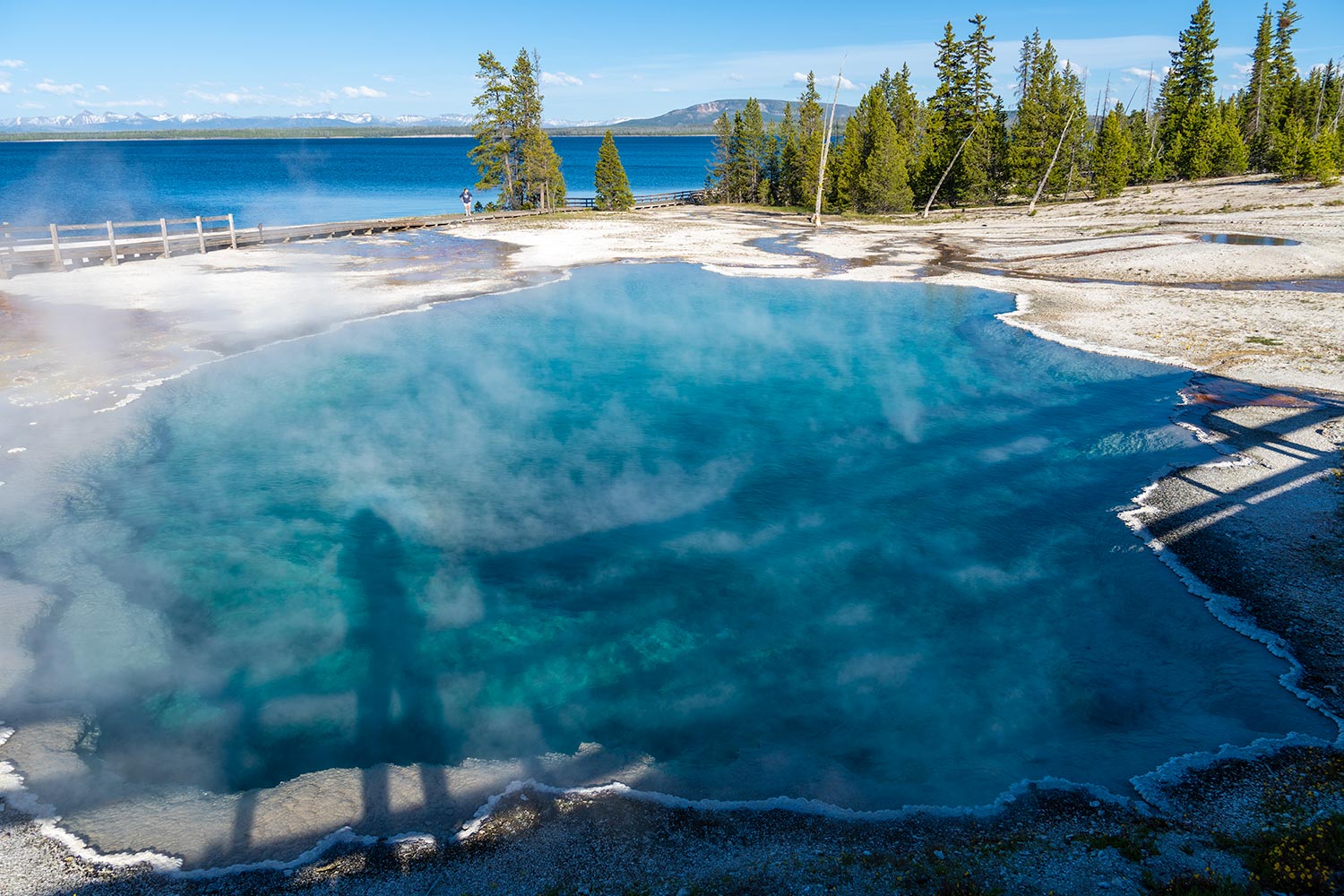
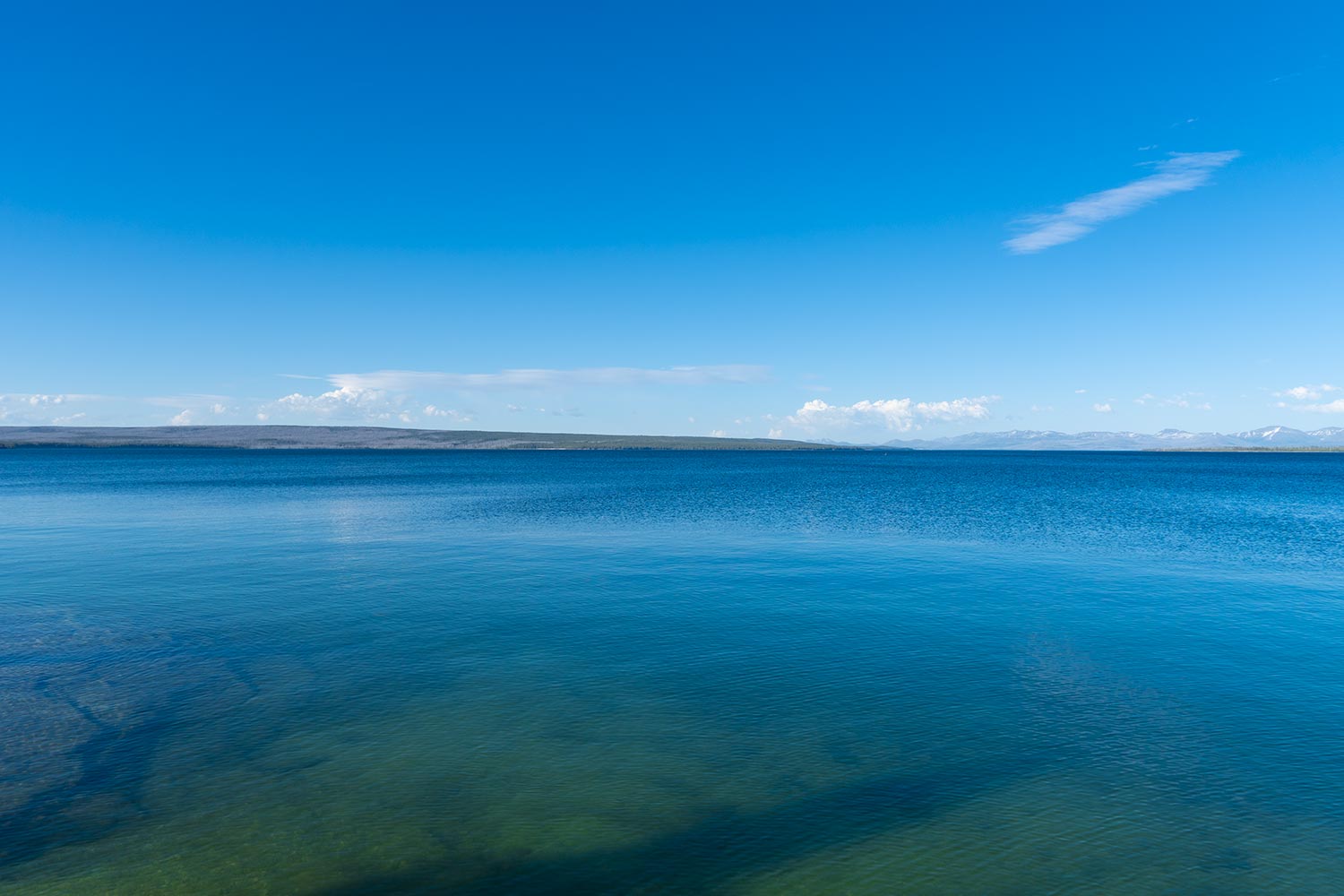
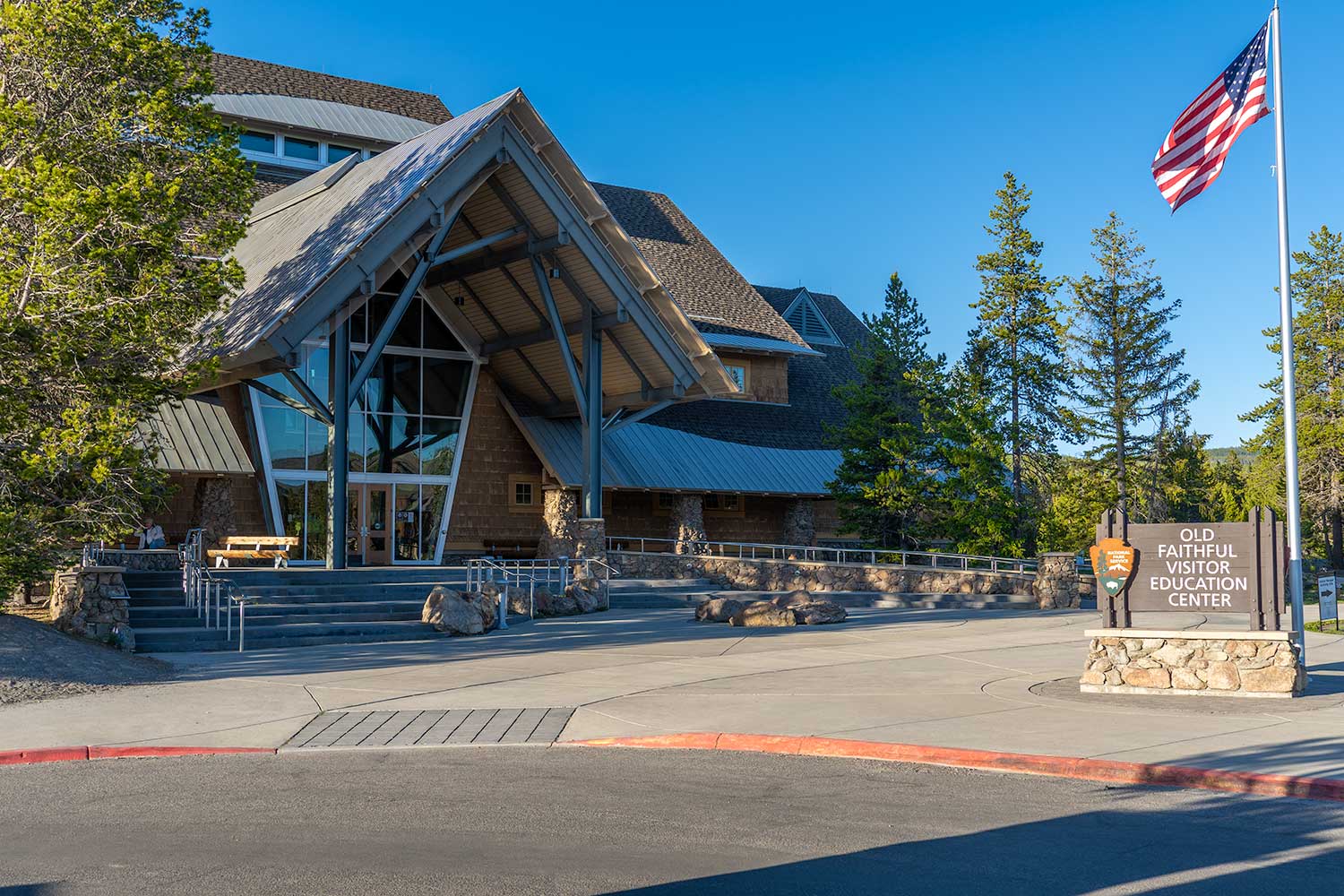
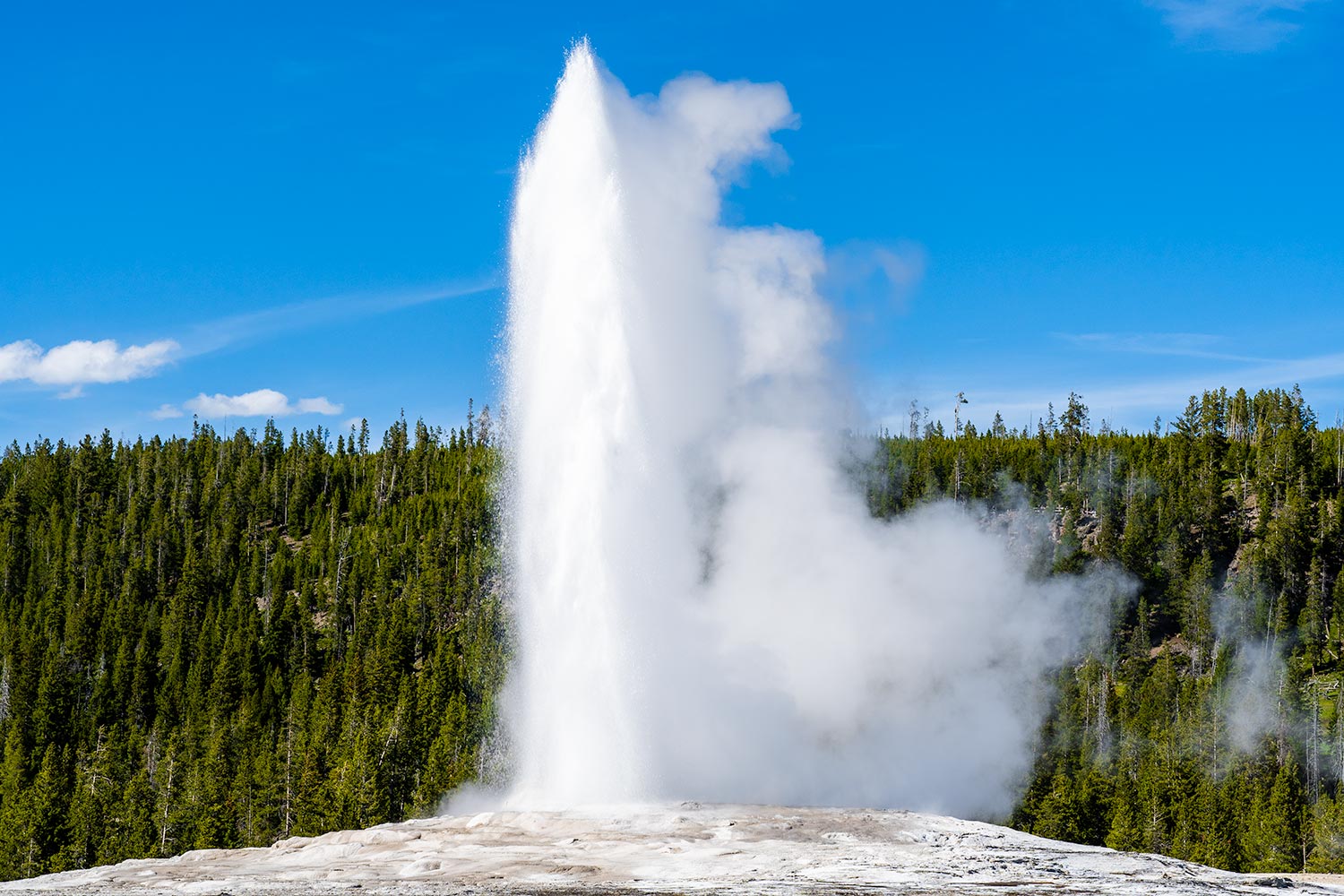
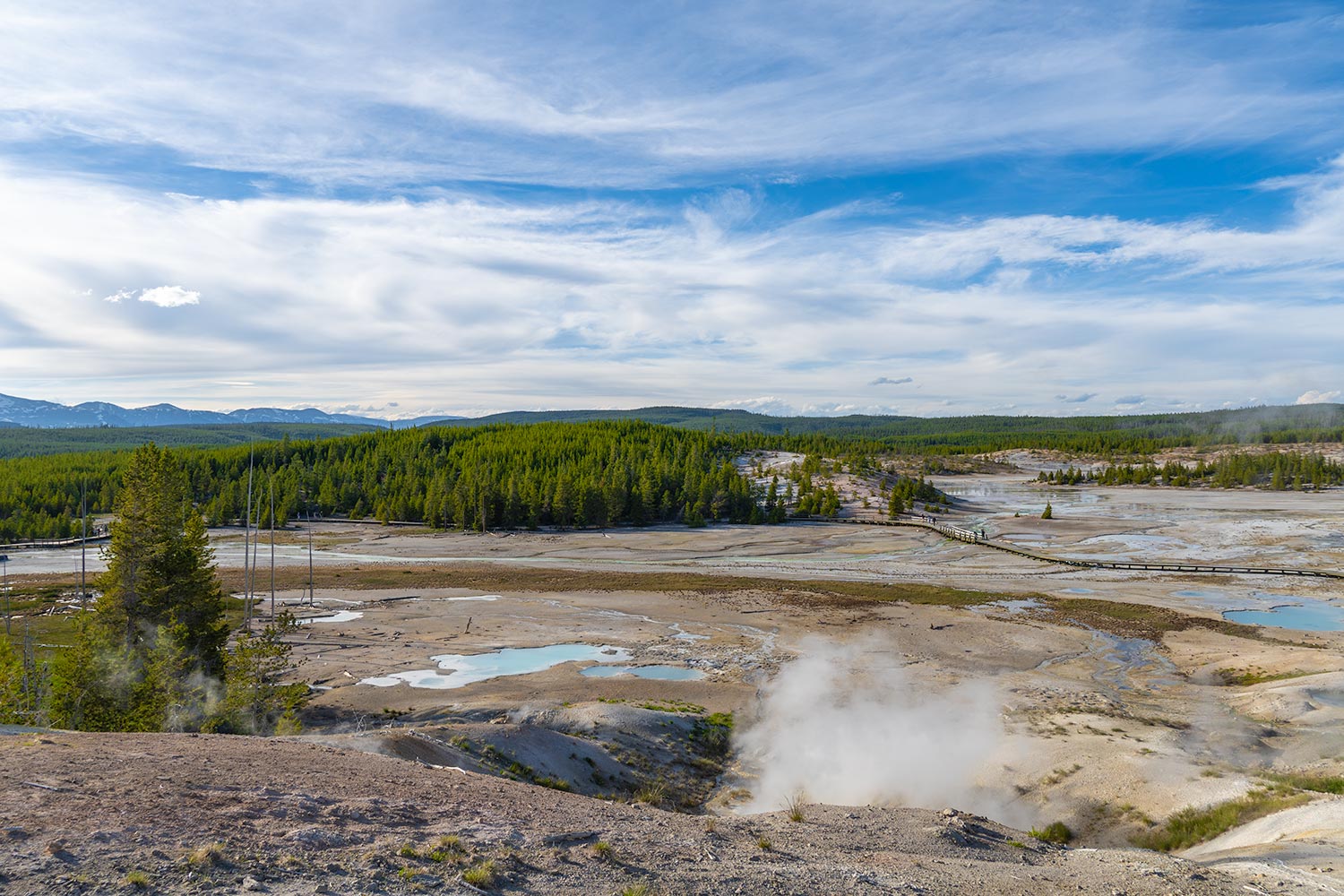
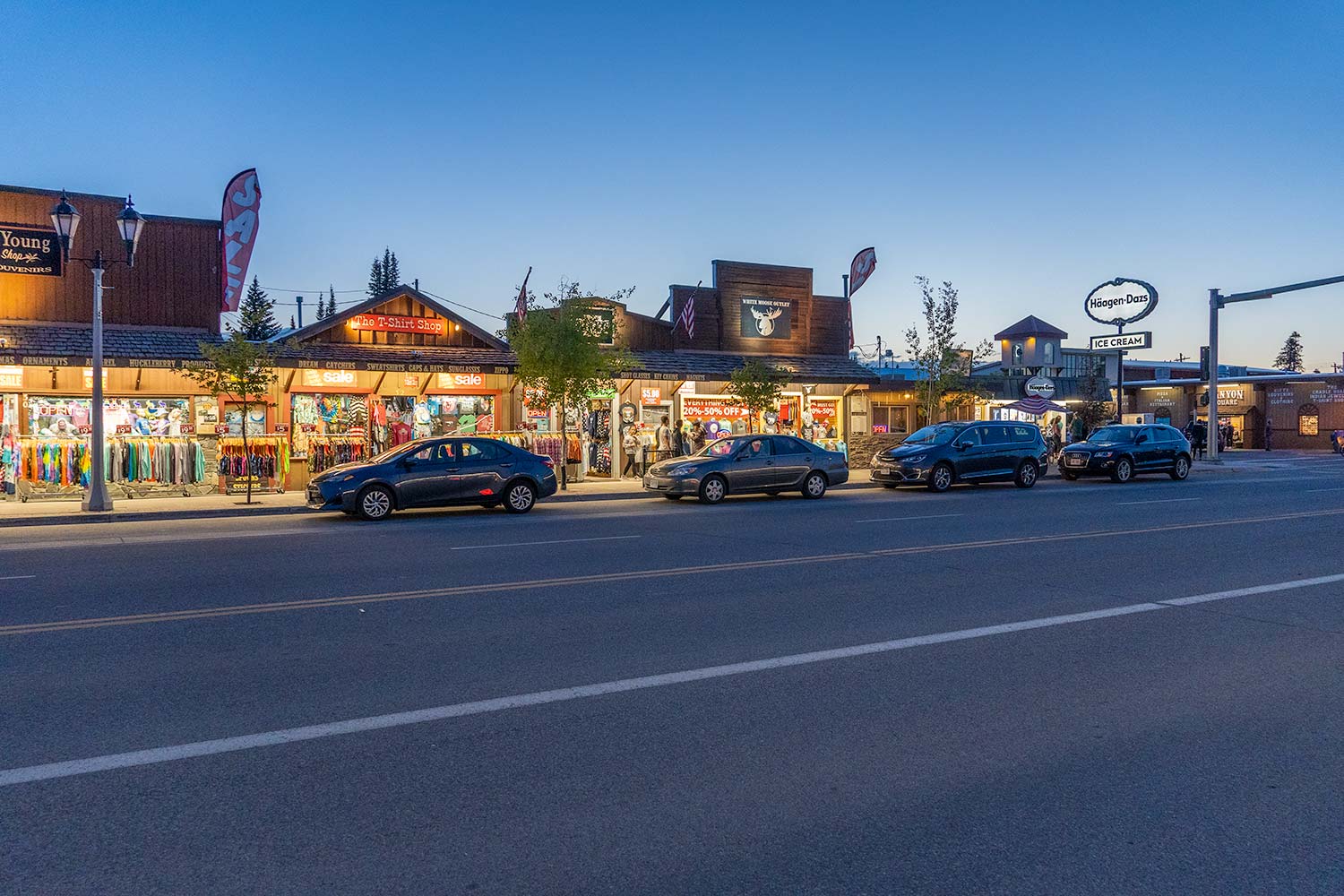
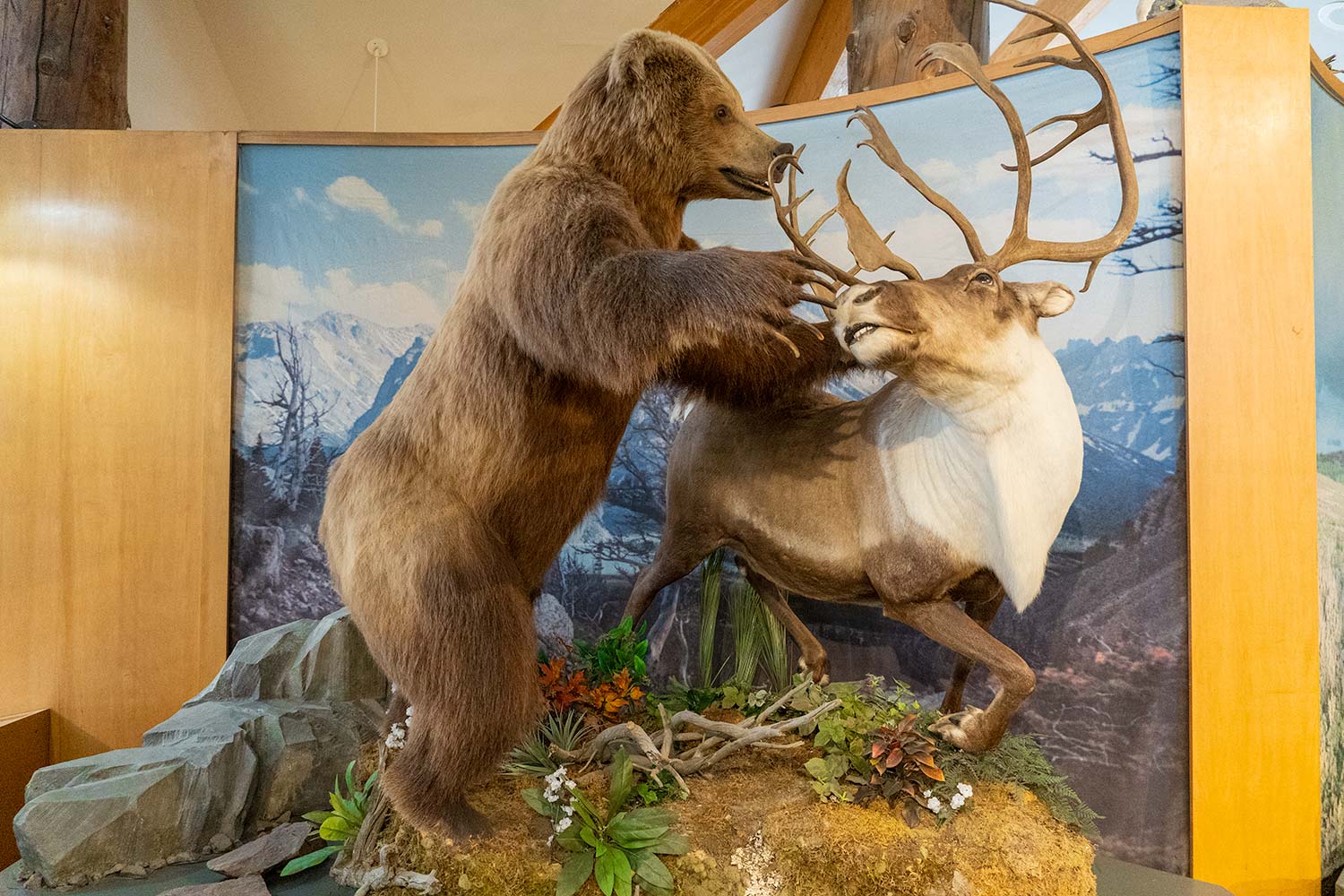
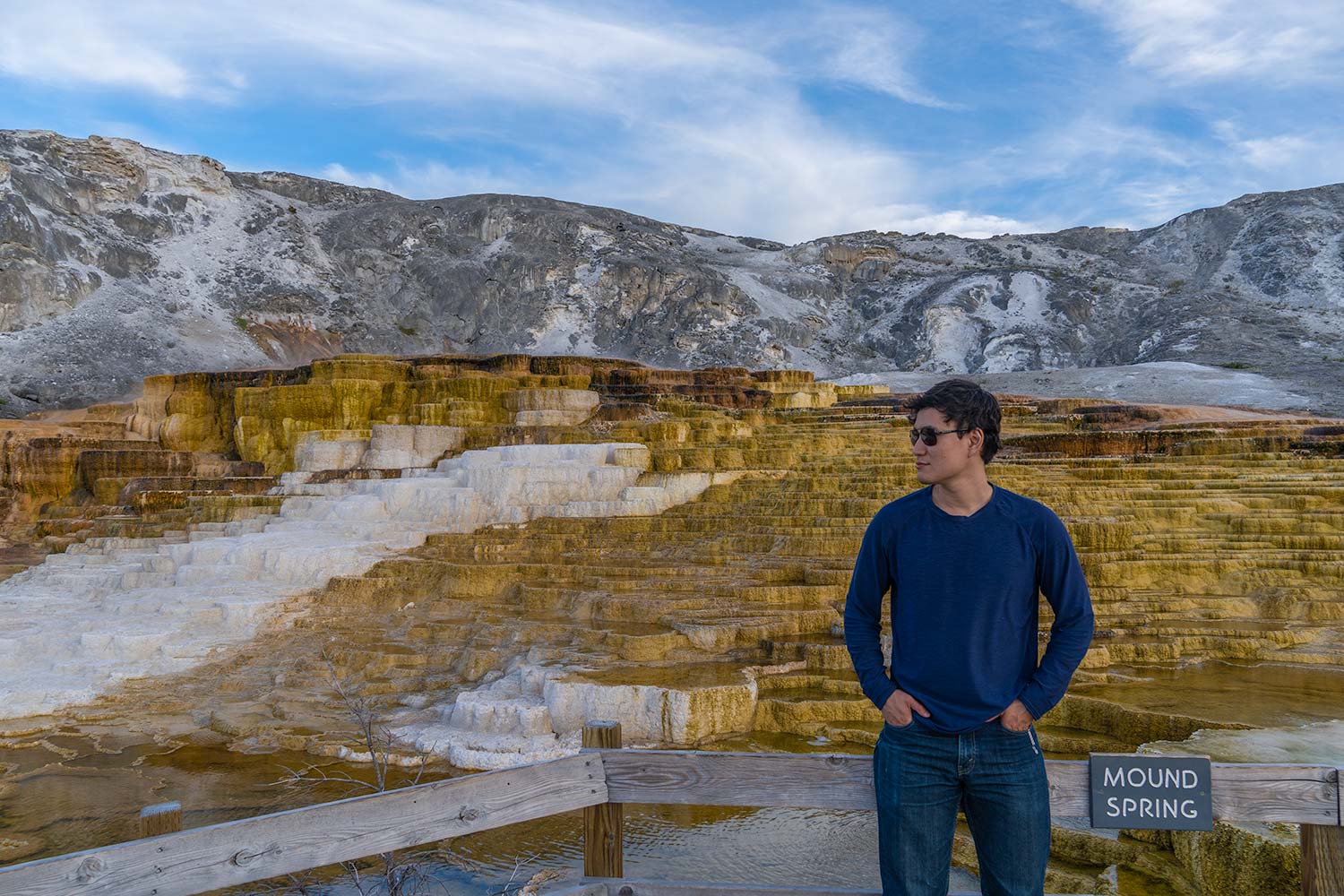
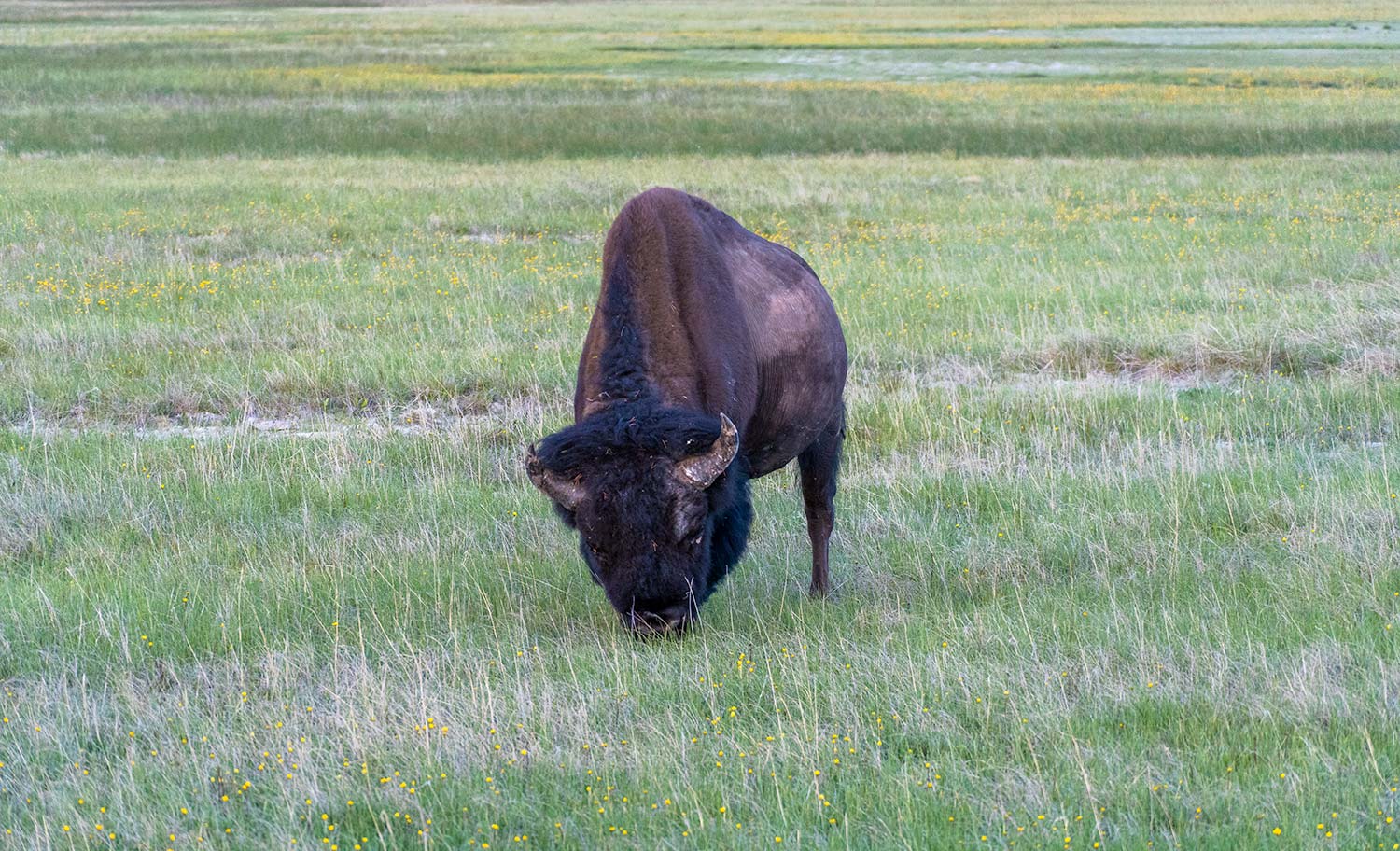
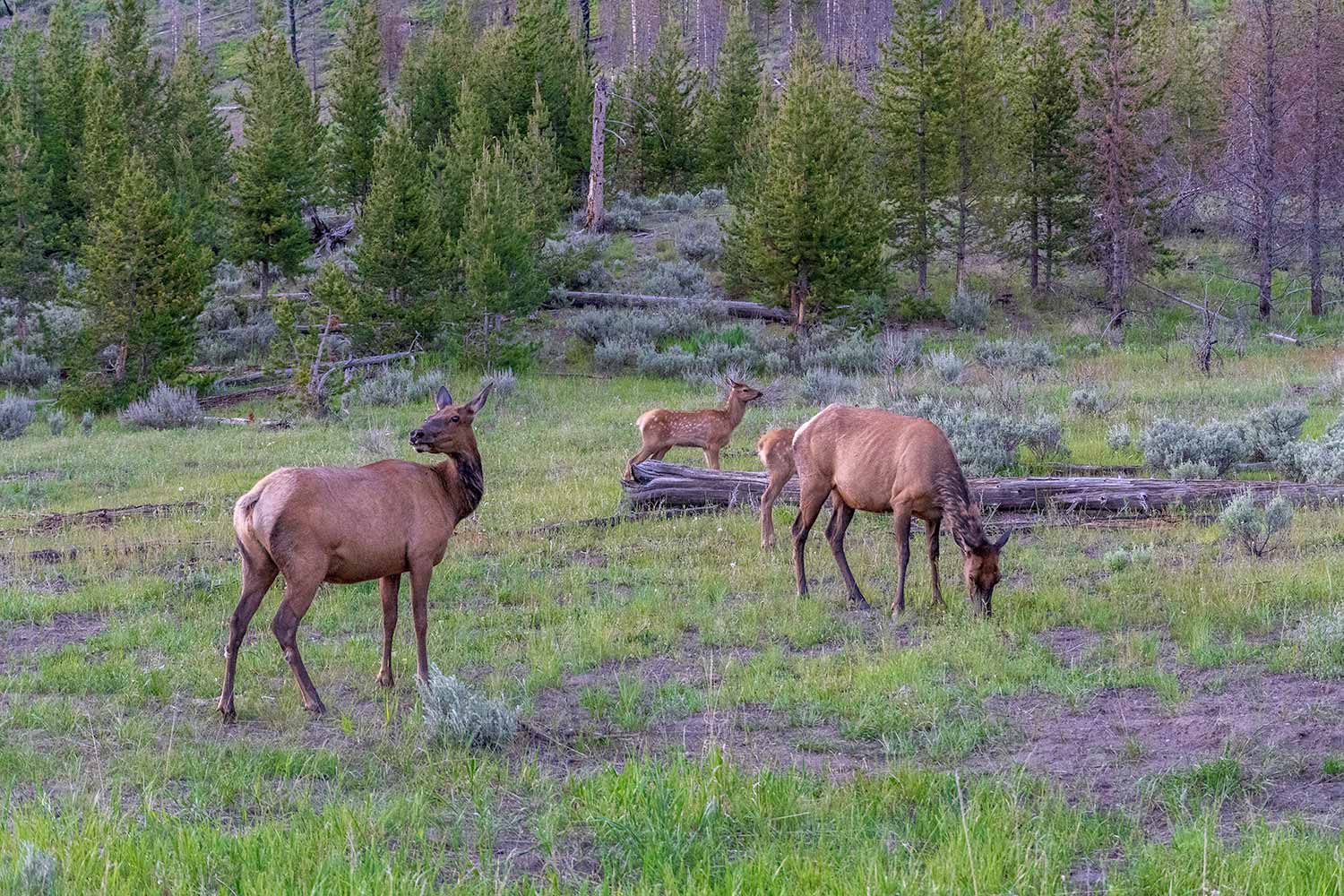
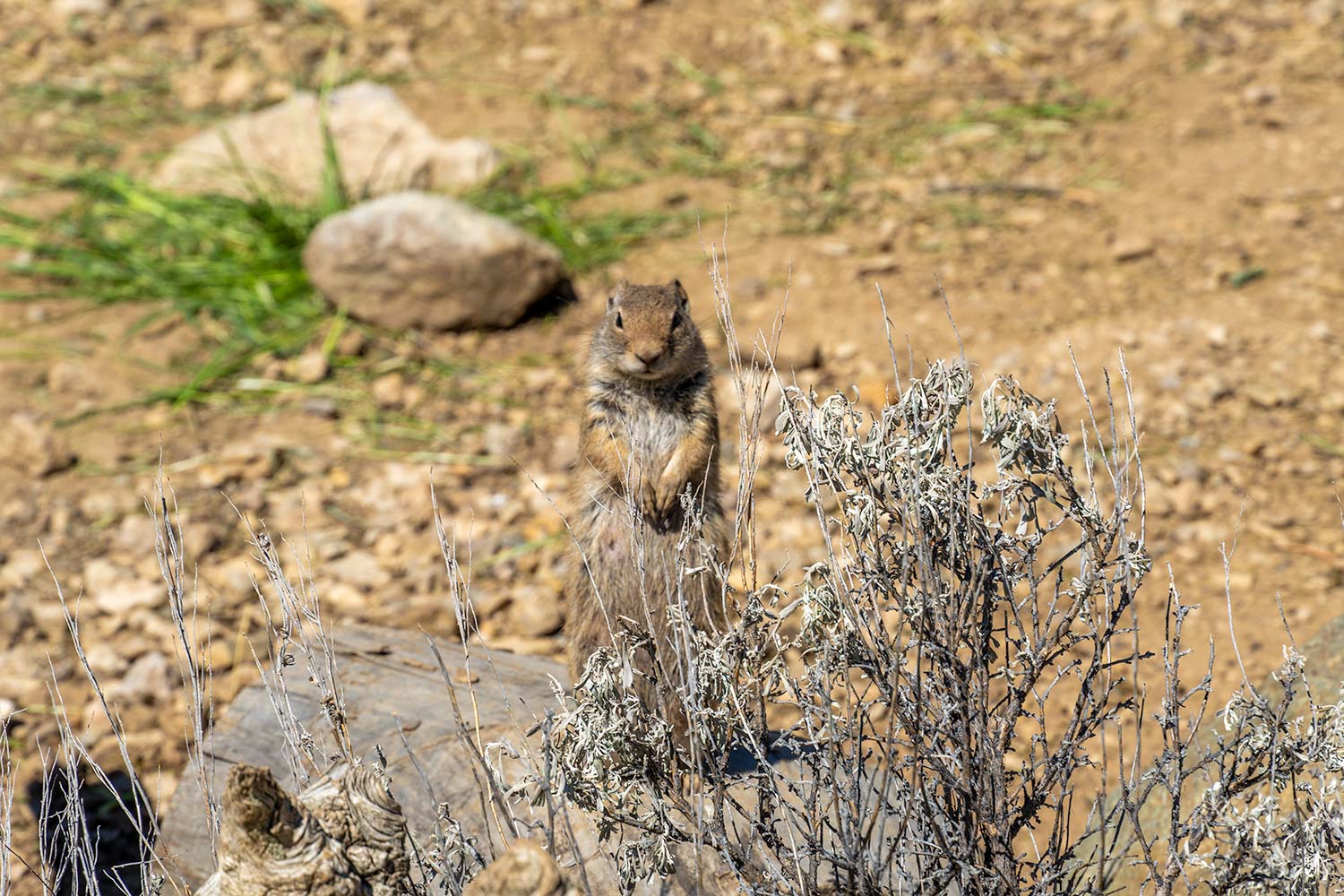

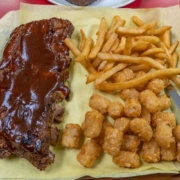
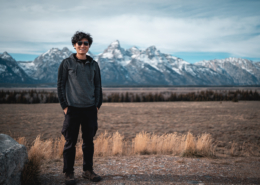 © Copyright - Ace Adventurer
© Copyright - Ace Adventurer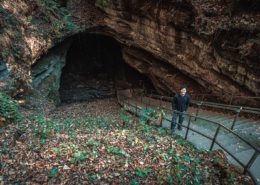 © Copyright - Ace Adventurer
© Copyright - Ace Adventurer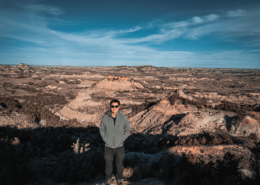 © Copyright - Ace Adventurer
© Copyright - Ace Adventurer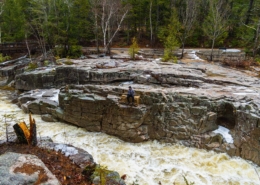 © Copyright - Ace Adventurer
© Copyright - Ace Adventurer